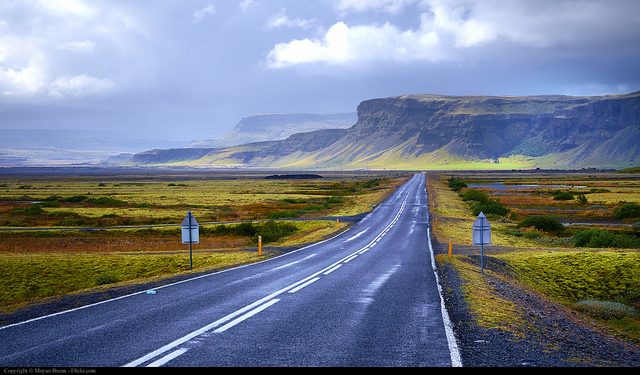
Some travelers like to throw themselves into adventures when they seek experiences in foreign destinations, whereas others want to enjoy safe travel destinations without too many unexpected risks. If you belong to the latter category, and want to travel safely, here are the safest countries in Europe (and unsafest, just in case you are interested).
How does anyone actually measure the safety of an entire country? Well, we could ask local people (perhaps also expats who live in there) what their impression about local safety is, or we could dig into statistics that many countries publish about crime and dangerous events in the territory. Here we introduce results from a study that extracted data from statistics to identify the safest and least safest countries in the world (you can find a description of the data used in the study at the end of this article).
Top 20 the safest countries in Europe are (according to Hellosafe):
- Iceland
- Denmark
- Austria
- Switzerland
- Czech Republic
- Slovenia
- Finland
- Ireland
- Hungary
- Slovakia
- Estonia
- Portugal
- Norway
- Germany
- Latvia
- Croatia
- Netherlands
- Northern Macedonia
- Bulgaria
- Sweden
If you can’t find your favorite country for a European beach vacation in the index, well, Spain ranks 32nd, Italy 33rd, France 34th, and Greece ranks 35th.
The unsafest country? Russia, by a large margin to Ukraine.
Another safety by country study published four years ago got quite similar results as this study.
Hellosafe drew the data for the safest countries index from United Nations, including WHO, UNDP, UNCHR, and FAO, from the World Bank and from a number of research organzations. The criteria for data used for the safest countries study can be classified into five categories:
- Crime, violence and political stability in each country.
- Natural disasters, such as earthquakes and floods.
- Armed conflicts in a country or with other countries, including relations with neighboring countries.
- Infrastructure for health services, including hospitals, investment in infra and availability of health services.
- Military: spending in army maintenance, presence of heavy arms, peace missions.
